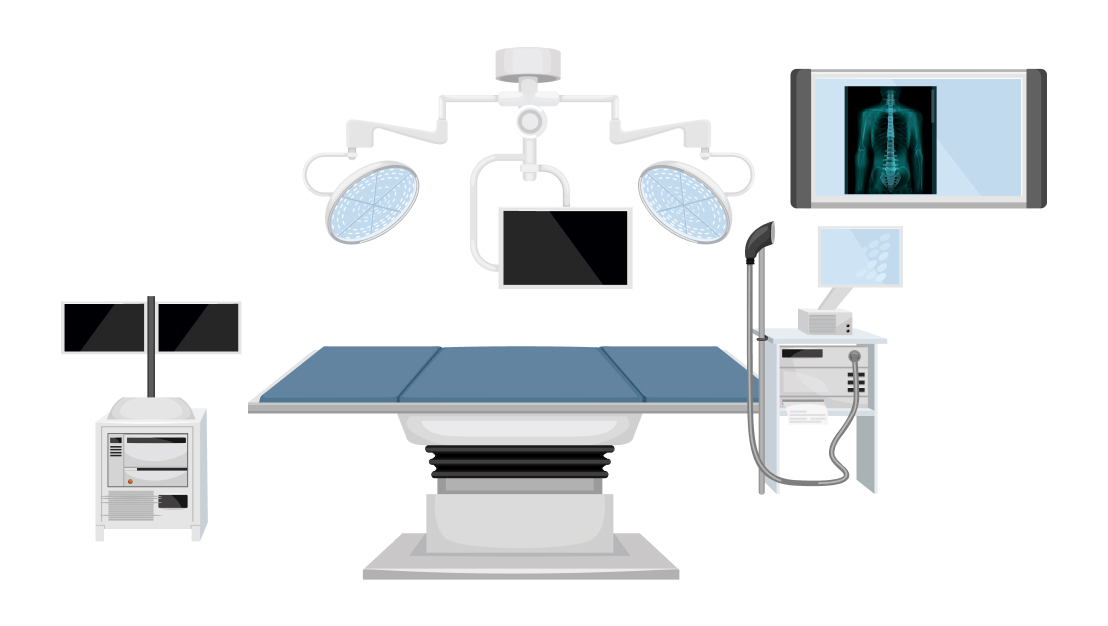
Similar to global positioning systems (GPS) in vehicles and mobiles, image guidance systems continuously track anatomical points and display them on a computer monitor in the operating room before, during, and after surgery. to guide the surgeon through key surgical milestones. Surgical Navigation provides doctors with additional information and measurements and tracks surgical instruments used in the procedure.
Due to their ability to improve accuracy during surgical procedures, image-guided surgical systems have the potential to produce excellent results. Many leading orthopedic surgeons believe computerized navigation systems will replace fluoroscopy and other conventional surgeries within his five years. Navigation software allows the surgeon to create a clear reconstruction of the implant. Acquire the patient’s CT and/or MRI images of her and plan and execute the necessary surgical path for accurate implant placement. Surgeons can also react during surgery, verify treatment steps performed during surgery, and correct them if necessary. Accurate placement and stability of spinal implants are important for overall back function and may help prolong implant life.

Dr. Parthasarathy Srinivasan was one of eight candidates selected from many aspirants from all the member countries of the Asia-Pacific Orthopaedic Association (APOA) for the prestigious APOA Depuy Spine travelling fellowship – Oct 2009.
